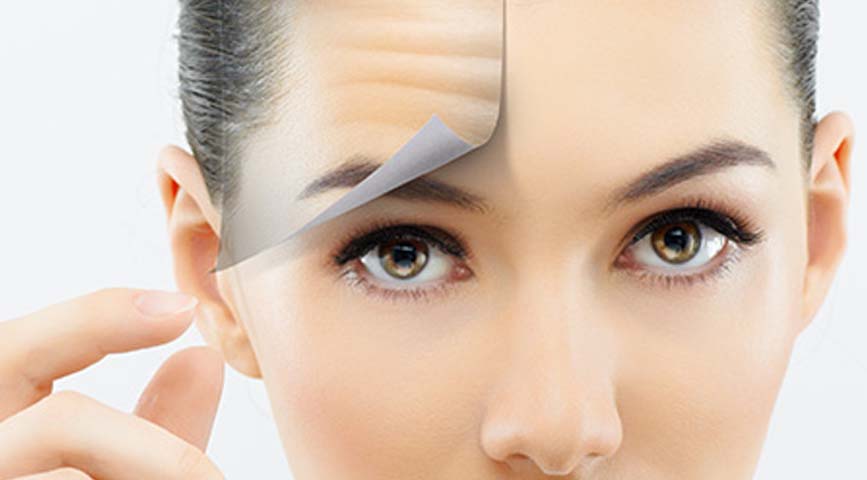
Zit’s Enough Management of Acne in Adults
What is ‘zit’?
Acne rosacea, similar to the common acne vulgaris, is more common in women. They appear as red rashes, found on the cheeks, nose, forehead and chin. There may be some bumps, pimples and blemishes present too.
Acne conglobate is a severe type of acne vulgaris. It is more common in men and presents with large lesions that cause severe scarring.
Pyoderma faciale (rosacea fulminans) is a severe facial acne that affects only women, begins abruptly, and usually does not last for more than a year. This type of acne is confined to the face and presents with large, painful nodules, pustules and sores.
What causes ‘zit’?
Although the exact cause of acne is unknown, it is believed that causes are multi factorial and influenced by genetic and hormonal factors. Acne may be caused by the clogging of pores by oil and dead skin cells, trapping normal skin bacteria and Propionibacterium acnes to cause inflammation.
Acne commonly appears on the face or shoulders, but may also be found on the trunk, arms, legs, or even buttocks. Comedones (blackheads or whiteheads), papules, pustules, nodules, and cysts may be present, depending on the severity. Acne lesions may lead to post inflammation redness, hyperpigmentation and scarring.
Hormonal changes (e.g. due to medical conditions, menopause, or pregnancy) and some medicines may cause pimple breakouts too. Stress and emotional distress may affect the activity of oil glands, hence, aggravating acne. Exposure to dirt, occlusion by cosmetics and skin care products, and local irritation from occlusive clothing may worsen acne. Contrary to popular belief, poor hygiene and diet have not been directly proven to cause acne.
How do I manage ‘zit’?
Acne, in most cases, is self-limiting and controllable. It is important to identify the exacerbating factors and classify the severity to select the most appropriate treatment option. As acne may persist for long periods, treatment must be consistent, continuous, and for long term.
Eliminating factors that worsen acne, ensuring good skin hydration, and proper skin hygiene are essential. However, the use of abrasive products and over cleansing is discouraged. Squeezing or picking pimples is also not recommended. Physical removal of comedones is popular, but may cause tissue damage and scarring if not done correctly.
Over-the-counter products are easily available for acne symptom control. Types of acid cream medication, available from pharmacists, help in reducing microcomedone formation and hyperpigmentation. Oral and topical antibiotics may be prescribed by a doctor depending on the severity and suitability.
For severe cases, topical or oral retinoidsmay be prescribed to inhibit microcomedone formation and prevent formation of new lesions. If the acne is due to hormonal imbalance, other medications that correct this imbalance may be prescribed.
If self-care measures and over-the-counter products do not improve the symptoms, or the acne worsens over time, it is important to seek medical advice to know more about more appropriate acne treatment options.






